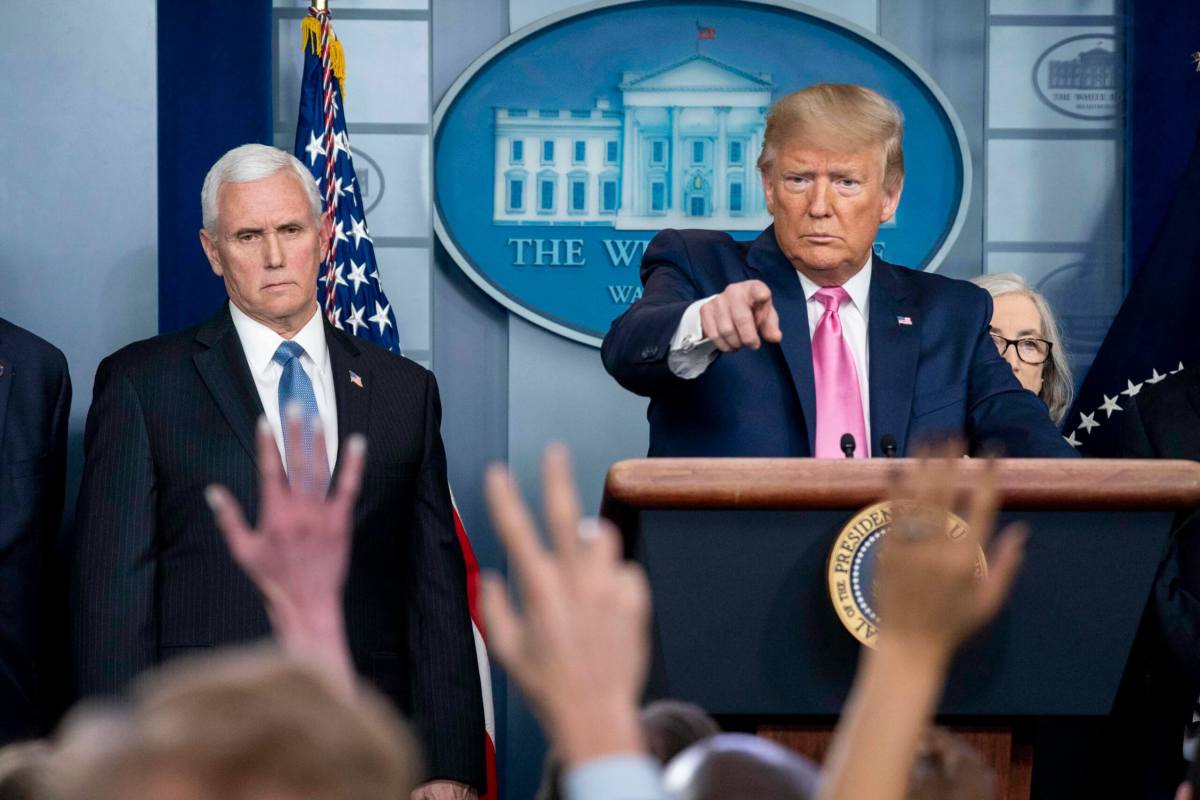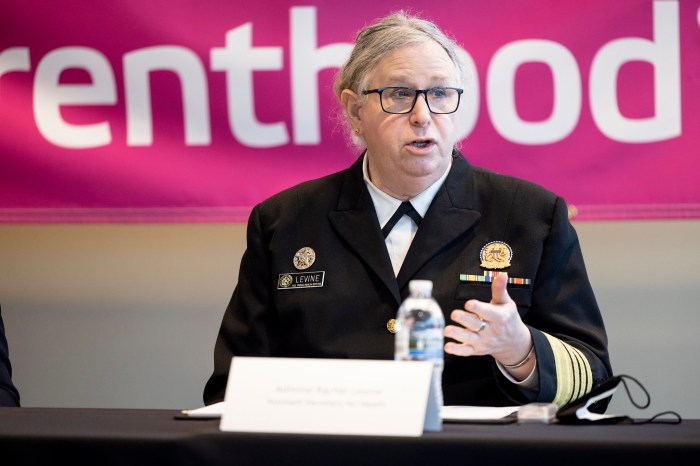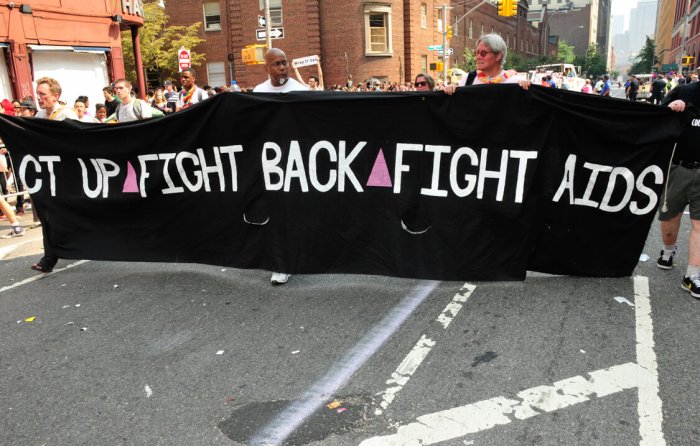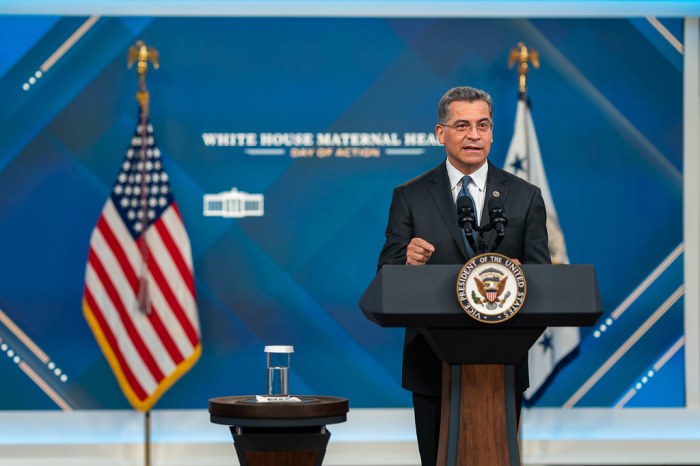At a February 26 press conference where Donald Trump struggled to reassure Americans that there was little to worry about in the emerging coronavirus crisis — in good measure by contradicting the federal government public health officials who also spoke — the president tapped his number two, Vice President Mike Pence, to spearhead federal efforts to avert a major outbreak in the US.
But on issues ranging from smoking risks to Planned Parenthood funding — and nowhere more than in his response to a sharp spike in HIV transmissions in rural Indiana — Pence has proved himself no friend of sensible public health measures.
In late 2014, when the vice president served as governor of Indiana, a cluster of HIV diagnoses became evident in Scott County, a rural area near the state’s southeast corner. According to a study by epidemiologists at Yale University published in the British medical journal The Lancet, between the fall of 2014 and the early spring of 2015, 215 HIV infections occurred in a county that typically saw five per year. The cause for the outbreak was needle sharing among injection opioid users.
Scott County was a vulnerable locale from a public health perspective, and not only because it is heavily rural. According to a Huffington Post story from 2016, the only HIV testing facility in the county, run by Planned Parenthood, was shuttered when the women’s health care agency closed its local office. Two years before, Pence, then a Republican member of the House of Representatives, had voted to cut funding for Planned Parenthood.
Faced with a health crisis fueled by needle sharing, the obvious solution was to provide clean needles through an exchange program such as those that had dramatically cut HIV infection rates among injection drug users throughout the country.
But Pence objected to the idea.
“I don’t believe effective anti-drug policy involves handing out drug paraphernalia,” he told the Indianapolis Star in early 2015 as bipartisan calls for a needle exchange program began. Ed Clere, a Republican member of the Indiana House of Representatives, was among the leading voices who joined with public health experts in urging the intervention.
Only when 75 of what the Lancet found to be a total of 215 infections had been diagnosed did Pence change course. After speaking to public health officials, including some in New York familiar with the efficacy of needle exchange in curbing infections here, Pence became convinced of the science. He then took two days to “pray” on the matter, according to a 2016 New York Times story. Finally, on March 26, after being told by the Scott County sheriff that needle exchange was needed, the governor announced a 30-day needle exchange program limited to Scott County.
Still, many in Indiana, including the Scott County sheriff and Beth Meyerson, co-director of the Rural Center for AIDS/ STD Prevention at Indiana University, even while lauding Pence for his “flexibility,” said far more needed to be done in getting resources to the county. And Meyerson warned that with the opioid epidemic growing, more rural areas in the state were likely to be hit.
In time, Indiana enacted a more flexible response to providing needle exchange services, allowing localities to demonstrate need based on new HIV and hepatitis C diagnoses.
Clere, the GOP state representative, told The New York Times a year later, “It was disappointing that it took so much effort to bring the governor on board.”
The Lancet was more pointed in its assessment, finding that initiation of a needle exchange program earlier could have reduced new HIV infections in Scott County to as few as 56, versus the 215 that the Yale study found had occurred.
Gregg Gonsalves, a longtime HIV activist who was one of the Yale epidemiologists on the study published by The Lancet, told the Washington Post that Pence’s response to the Scott County crisis was “a textbook case for how not to do it. It was a total collapse of public health leadership and a dereliction of duty in Indiana. They could have avoided this epidemic if science took the lead instead of ideology.”
Gonsalves tweeted that appointing the vice president to lead the coronavirus effort “speaks to a lack of seriousness by the White House.”
HIV and women’s healthcare are not Pence’s only blind spots when it comes to public health. In 2016 Vox reported that, in 2000, in his first run for the House, Pence wrote, “Despite the hysteria from the political class and the media, smoking doesn’t kill.” Thirty-six years before that, the US Surgeon General’s Office published its first warning that smoking was linked to lung cancer and heart disease.


































